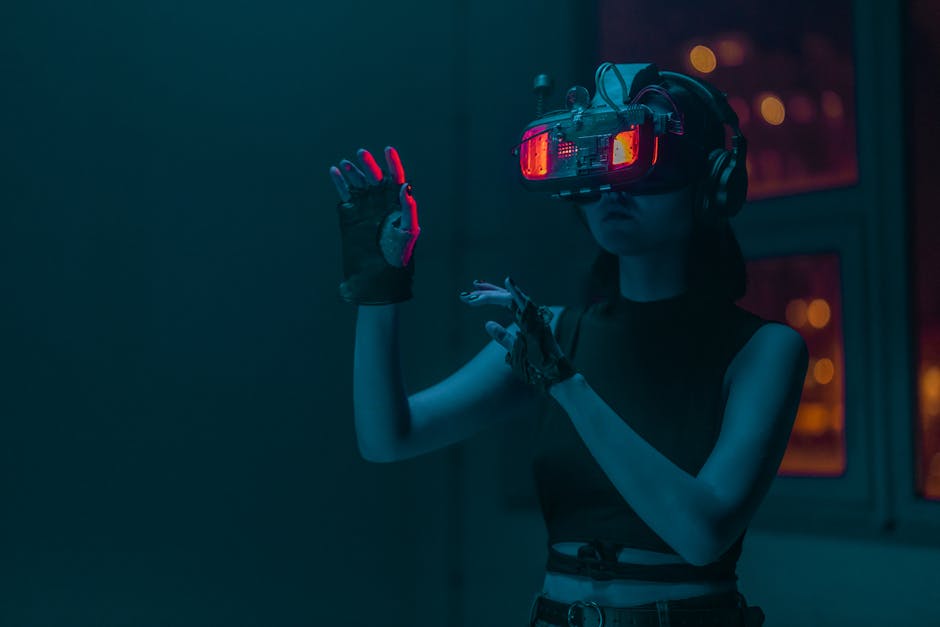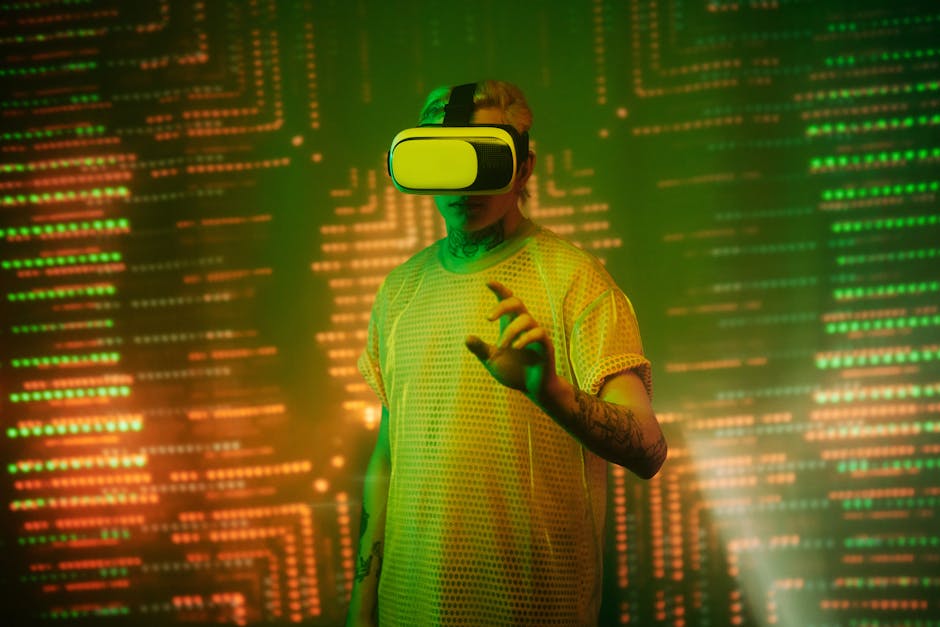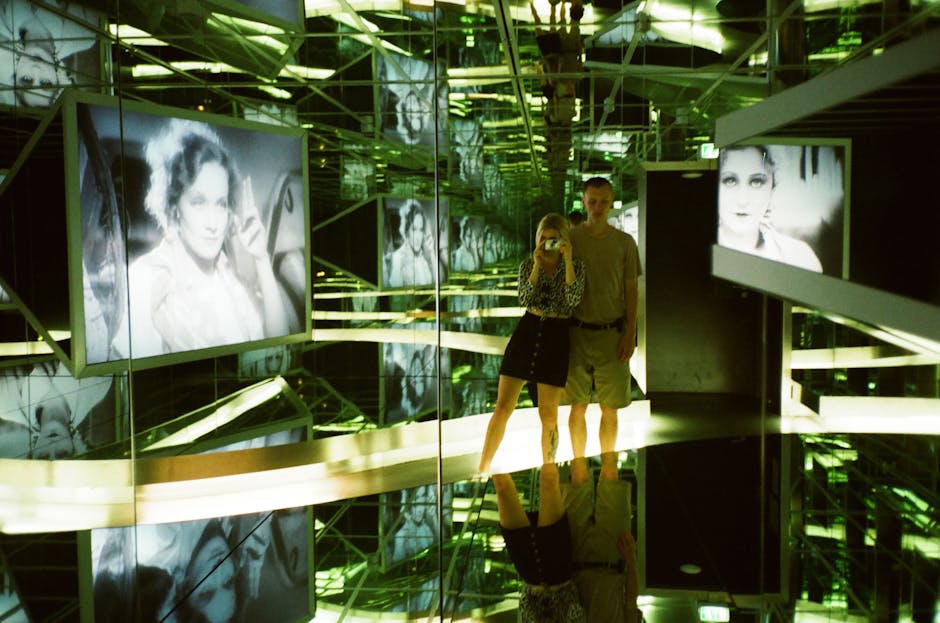Exploring the World of Interactive Arts Experiences
Art has always been a medium through which individuals can express themselves, communicate ideas, and evoke emotions. However, in recent years, there has been a shift towards interactive arts experiences that blur the line between the creator and the audience. From immersive installations to participatory exhibits, interactive arts experiences have revolutionized the way we engage with art, transforming passive observers into active participants. In this article, we will delve into the fascinating world of interactive arts experiences, exploring the various dimensions, applications, and implications of this evolving art form.
The Evolution of Interactive Arts
The concept of interactive art is not new, with early pioneers like Marcel Duchamp and Nam June Paik challenging traditional notions of art and audience participation. However, the advent of technology has propelled interactive arts experiences to new heights, enabling artists to create dynamic, multisensory installations that respond to the viewer’s presence, movements, and interactions. From interactive light projections to virtual reality simulations, artists are pushing the boundaries of what constitutes art and inviting audiences to become co-creators of the experience.
One of the key aspects of interactive arts experiences is the element of surprise and unpredictability. Unlike static artworks that remain unchanged over time, interactive installations are in a constant state of flux, adapting to the input and reactions of the audience. This dynamic quality not only captivates viewers but also fosters a deeper sense of engagement and connection with the artwork.
The Power of Immersion
Immersion is a central component of interactive arts experiences, transporting participants into a different reality where they can explore, interact, and create. Whether through virtual reality headsets, projection mapping, or sensor-activated installations, artists are creating immersive environments that stimulate the senses and challenge perceptions. By removing the barriers between the artwork and the audience, immersive interactive experiences allow viewers to step into the artist’s world and actively participate in the creative process.

By RDNE Stock project via Pexels
One of the most compelling aspects of immersive interactive arts experiences is their ability to evoke strong emotional responses and create lasting memories. By engaging multiple senses simultaneously, these installations have the power to transport participants to otherworldly realms, trigger nostalgia, or provoke introspection. The immersive nature of interactive art allows for a more profound and personal connection between the viewer and the artwork, fostering a sense of emotional resonance that lingers long after the experience has ended.
Interactive Arts in Public Spaces
Interactive arts experiences are not confined to galleries and museums; they are increasingly being integrated into public spaces, transforming urban environments into vibrant hubs of creativity and interaction. From interactive street art to large-scale installations in parks and plazas, artists are using public spaces as canvases to engage with diverse communities and spark conversations about social issues, cultural heritage, and the environment.

By cottonbro studio via Pexels
By bringing art out of traditional institutions and into the streets, interactive arts experiences have the power to democratize culture and make art more accessible to a broader audience. Public art projects that invite participation and collaboration can foster a sense of community pride and ownership, encouraging residents to engage with their surroundings in a meaningful and interactive way. These communal artworks serve as focal points for social interaction and cultural exchange, enriching the fabric of urban life and promoting a sense of shared identity.
The Intersection of Technology and Art
Technology plays a crucial role in the creation and execution of interactive arts experiences, enabling artists to experiment with new forms, materials, and modes of interactivity. From motion sensors and touchscreens to augmented reality and artificial intelligence, technological innovations are reshaping the landscape of contemporary art and expanding the possibilities for creative expression. Artists are embracing cutting-edge tools and techniques to push the boundaries of traditional art forms and engage audiences in novel and unexpected ways.

By Darlene Alderson via Pexels
One of the most exciting developments in the realm of interactive arts is the fusion of digital and physical elements to create hybrid experiences that bridge the virtual and real worlds. Artists are leveraging advancements in virtual reality, augmented reality, and mixed reality to craft immersive narratives that blur the boundaries between fiction and reality. These hybrid experiences challenge traditional notions of authorship, perception, and storytelling, inviting audiences to participate in a shared, multisensory journey of exploration and discovery.
The Social Impact of Interactive Arts
Interactive arts experiences have the potential to spark dialogue, foster empathy, and provoke social change by engaging participants in meaningful and thought-provoking interactions. Whether addressing pressing social issues like climate change, inequality, or mental health, artists are using interactive installations as platforms for activism, awareness, and advocacy. By creating immersive environments that encourage reflection, dialogue, and collaboration, artists can effect positive change and inspire collective action.

By Darya Sannikova via Pexels
Through interactive arts experiences, artists have the opportunity to amplify marginalized voices, challenge prevailing narratives, and catalyze social movements. By inviting viewers to actively participate in the creation and interpretation of the artwork, artists can empower individuals to question societal norms, confront their biases, and envision alternative futures. The interactive nature of these experiences fosters a sense of agency and responsibility among participants, encouraging them to become agents of change in their communities and beyond.
Expert Opinions
We reached out to renowned artist and interactive arts pioneer, Sarah Wilson, to get her insights on the transformative power of interactive arts experiences. According to Wilson, “Interactive arts have the unique ability to break down barriers between art and audience, creating a dialogue that transcends traditional boundaries. By engaging viewers in multisensory experiences that challenge perceptions and provoke emotions, interactive art has the potential to transform individuals, communities, and societies.”
Common Misconceptions
One common misconception about interactive arts experiences is that they require advanced technological skills or equipment to appreciate and enjoy. In reality, interactive art installations come in various forms and levels of complexity, catering to a wide range of audiences. While some interactive exhibits may incorporate sophisticated technologies like augmented reality or motion tracking, others rely on simple mechanisms like light sensors or sound activation to engage participants.
Comparative Analysis
Comparing traditional art forms with interactive arts experiences reveals some key differences in terms of audience engagement, aesthetic appeal, and creative process. While traditional artworks often rely on visual and tactile stimuli to evoke emotions and convey meaning, interactive art installations leverage multiple senses and modalities to create immersive and participatory experiences. The dynamic nature of interactive arts allows for greater flexibility and interactivity, enabling artists to experiment with new forms of expression and engage audiences in novel ways.
Conclusion
To wrap things up, interactive arts experiences represent a dynamic and transformative approach to art that challenges conventional notions of creativity, authorship, and audience engagement. By blurring the boundaries between art and life, artists are creating immersive, participatory installations that invite viewers to explore, interact, and co-create. The power of interactive arts lies in their ability to foster connection, provoke emotion, and inspire change, transcending traditional art forms and forging new pathways for creative expression.
As we continue to witness the evolution of interactive arts experiences, it is clear that this innovative art form has the potential to reshape our understanding of art, technology, and human interaction. By embracing the interactive arts, we can embark on a journey of discovery, exploration, and transformation that transcends boundaries and connects us in ways we never thought possible.




